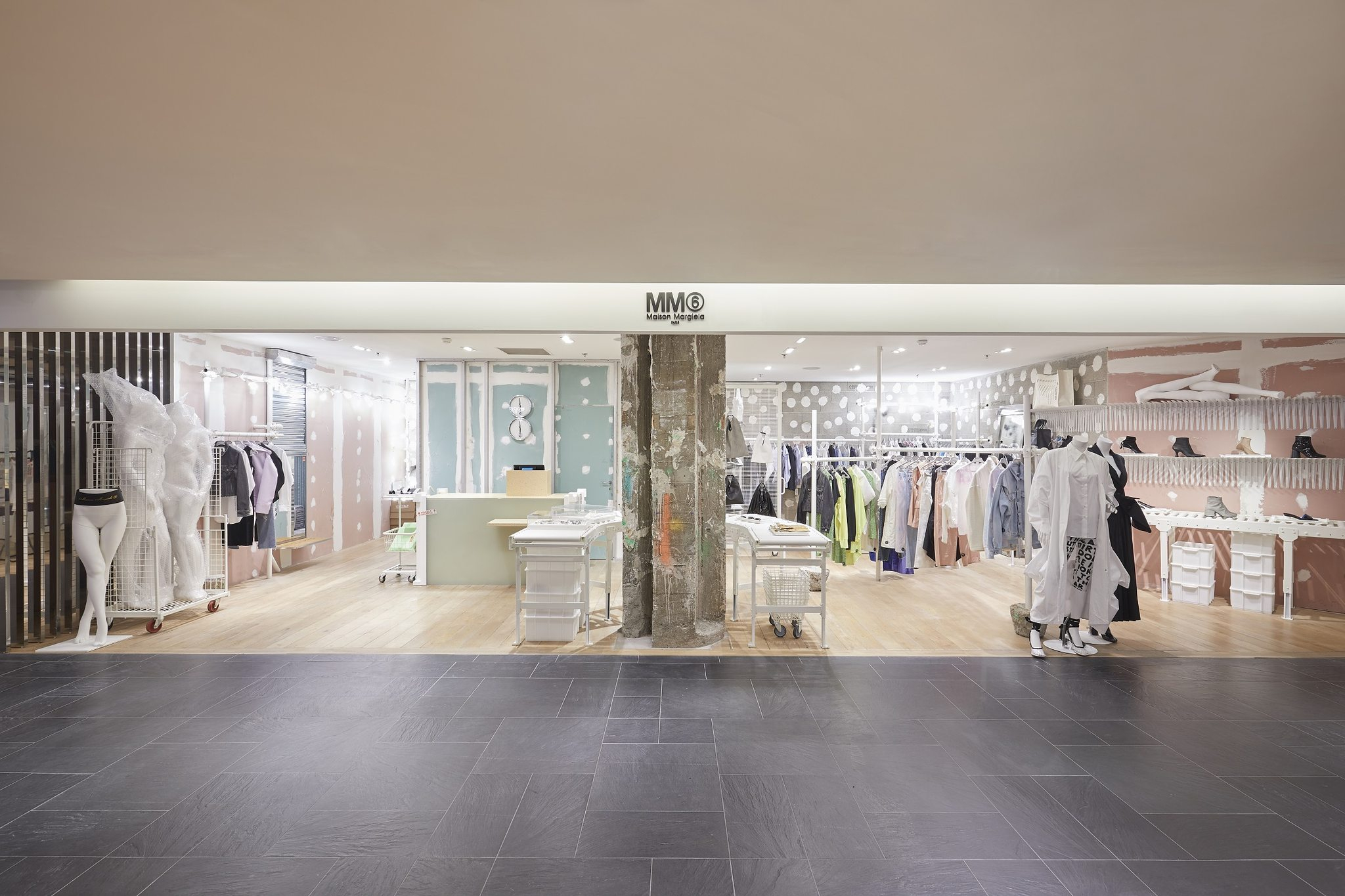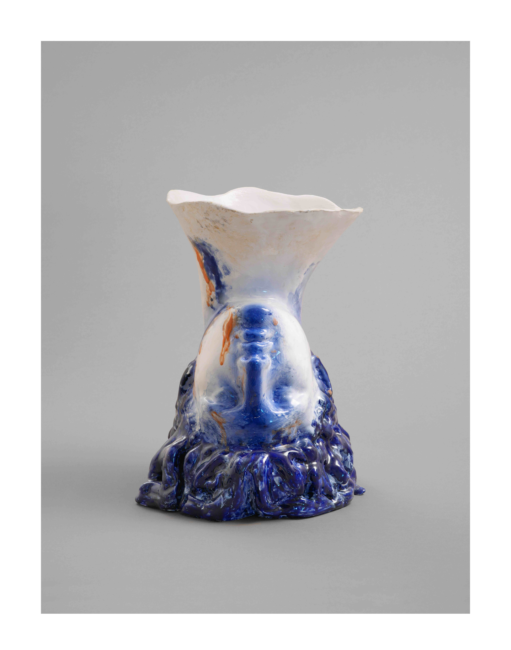
Paris Loves Martin Margiela Madly
13 November 2020
Paris celebrates Martin Margiela over two seasons with two exhibitions, one at the Palais Galliera and the other at the Musée des Arts Décoratifs. The first provides a comprehensive retrospective of his career, while the second explores his years of collaboration with the house of Hermès.
Martin Margiela Takes Over Paris for Two Seasons
Martin Margiela has taken over the Palais Galliera, where the exhibition “Margiela / Galliera” traces the history of his house from his first collection in 1989 to his last in 2009. The other exhibition, titled “Margiela: The Hermès Years,” is held at the Musée des Arts Décoratifs and focuses on the 1997-2003 period, when the designer was responsible for Hermès’ women’s ready-to-wear collections.
Martin Margiela: A Flawless Biography
As the leader of the Antwerp school, Martin Margiela became the only designer from this major 1980s fashion movement to establish himself in Paris. After working with Jean-Paul Gaultier from 1984 to 1987, he founded his own house in 1988 and presented his debut Martin Margiela collection for Spring-Summer 1989 at the Café de la Gare. Over the next two decades and forty collections, he left an indelible mark with his signature style and innovative vision.
The Margiela Label: Conceptual Fashion
The Margiela style challenges both the aesthetics of clothing and its creation process. For the designer, fashion represents an endless field of exploration, transcending the boundaries of traditional tailoring to become an artistic or even a statement-driven endeavor.
Margiela Against the Current
Margiela, the innovator, had models walk the runway with their faces covered by nylon veils, directing the viewer’s focus entirely on the clothing. This approach stood in stark contrast to an era that elevated models to the status of superstars. He also often chose non-professional models from his own circle—people of all ages and body types, breaking away from fashion’s rigid standards. Their commonality wasn’t in their looks or generation but in the way they wore the clothes.
Margiela also challenged conventions through his work with silhouettes, particularly shoulder lines. While the 1980s celebrated broad, oversized shoulders, Margiela opted for constricted and narrow designs, once again moving against the prevailing trends of his time.
Margiela’s Runway Shows: Carefully Orchestrated Events
Margiela presented his style through forty runway shows, each crafted as an event that further defined his vision. Margiela’s fashion could not be confined to traditional venues. For each show, the chosen location was an integral part of a carefully constructed narrative.
Collections were showcased in unconventional spaces—parking lots, abandoned metro stations, warehouses, Salvation Army halls, vacant lots, or café-theaters. The models walked in unique sensory atmospheres, surrounded by unusual sounds and scents. The scent of patchouli might fill the air, or the strange rhythm of heels piercing through corrugated cardboard covering the runway might set the tone. Every detail contributed to the immersive experience, making Margiela’s shows a true extension of his creative universe.
When Martin Margiela Made Every Show an Event…
For his Spring-Summer 1990 collection, Martin Margiela took things a step further by organizing—or rather, disorganizing—his show on a vacant lot in Paris’s 20th arrondissement. Invitations were scrawled on pieces of cardboard by local children, who then became the first to take front-row seats—not the press. Critics struggled to understand Margiela’s approach; his message was simple: fashion does not belong to a handpicked elite—it is for everyone.
Margiela / Galliera, March 3 to July 15, 2018, at Palais Galliera.
Margiela: The Hermès Years, March 22 to September 2, 2018, at MAD.




